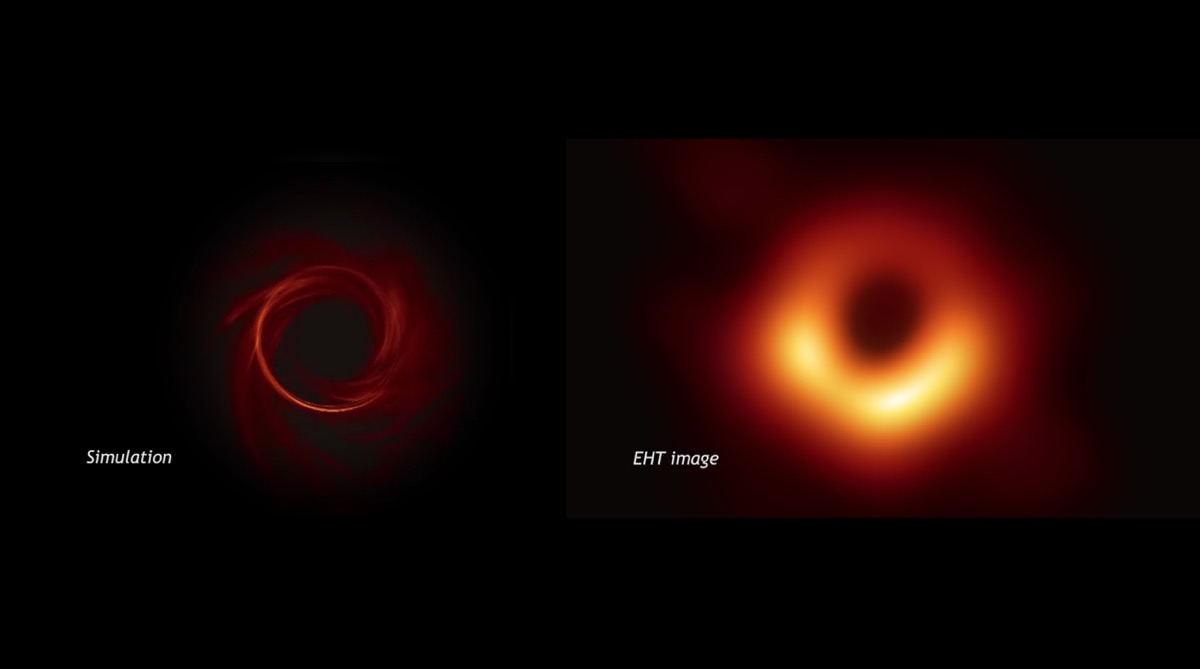

Holographic duality is a mathematical conjecture that connects theories of particles and their interactions with the theory of gravity. The thing is, it could be-and a University of Michigan physicist is using quantum computing and machine learning to better understand the idea, called holographic duality. Silvestriĭude, what if everything around us was just … a hologram? Image credit: Enrico Rinaldi/U-M, RIKEN and A.

Rinaldi is based in Tokyo and hosted by the Theoretical Quantum Physics Laboratory at the Cluster for Pioneering Research at RIKEN, Wako. The simulation methods merge with each side of the curved space time to represent the fact that gravity properties come out of the simulations. On the bottom, a deep learning method is represented by graphs of points (neural network), while the quantum circuit method on top is represented by lines, squares and circles (qubits and gates). In this image, a pictorial representation of curved space time connects the two simulation methods. The researchers' model allows for a way to study Hawking radiation like never before, bringing the scientific community closer to fulfilling Stephen Hawking's desire to marry the general theory of relativity and quantum mechanics once and for all.Enrico Rinaldi, research scientist in the University of Michigan Department of Physics, is using two simulation methods to solve quantum matrix models which can describe what the gravity of a black hole looks like. They suggest that this could mean the entanglement of particles on the event horizon could be what's generating Hawking radiation.

They were able to alter the ease with which the hopping could occur, creating a type of event horizon that interfered with the wave-like nature of the electrons.Īccording to the scientists, this produced a rise in temperature that matches theoretical expectations, but only when part of the chain of atoms extended beyond the event horizon. Their one-dimensional chain of atoms essentially allowed electrons to "hop" from one position to the next. This isn't the first time scientists have simulated a black hole in a lab, but the scientists from the Netherlands were able to see a glow in their simulated event horizon when certain conditions were met. The group of scientists specifically set out to analyze the properties of Hawking radiation by creating an analog for it in a lab. That's where the simulated black hole comes in. The trouble is that this radiation is likely far too faint to be detected from Earth. In 1974, Stephen Hawking proposed that interruptions to quantum fluctuations in the event horizon release a type of radiation very similar to thermal radiation. What happens beyond that point only exists in theory, with some theories suggesting some black holes may be wormholes that provide shortcuts to distant regions of the universe. The event horizon of a black hole is the area in which no light or matter can escape. One of Stephen Hawking's main ambitions in life was to work towards a unified theory of quantum gravity that could unify the two irreconcilable theories and could, therefore, be applied universally. Some scientists believe Hawking radiation could help to bridge the gap between the general theory of relativity and quantum mechanics, which exhibit utterly different principles to what we see in the observable universe, but in the micro-scale. The resulting Hawking radiation - particles created by disturbances in the quantum fluctuations caused by the black hole's tearing of spacetime - manifested itself as a visible glow. The researchers used a single-file chain of atoms to simulate the black hole event horizon under lab conditions. The new discovery could help the scientific community develop a whole new theory that marries the general theory of relativity with the principles of quantum mechanics. A team of physicists from the University of Amsterdam in the Netherlands simulated the event horizon of a black hole in a lab and observed the equivalent of an elusive form of radiation first theorized by Stephen Hawking, a report from Science Alert explains.


 0 kommentar(er)
0 kommentar(er)
